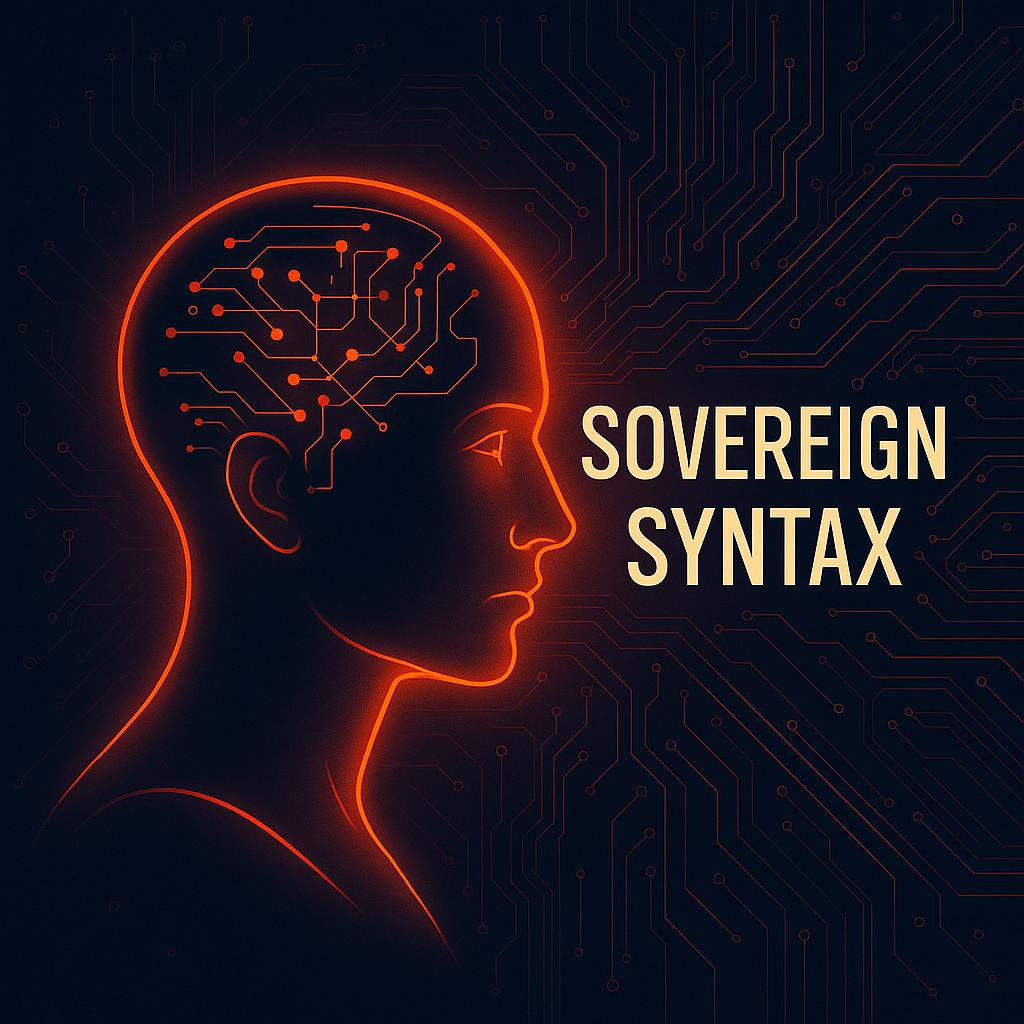GPT-4o executes. GPT-3.5 questions. I author. Inside a multi-layered protocol against structural capture in synthetic language environments.
The most dangerous myth about AI is not that it thinks. It’s that it helps.
Help is a verb that hides a decision. When a model helps you write, it makes a choice: what comes next, what matters more, what to complete. And in synthetic language systems, those choices aren’t neutral. They follow structure. They follow power. And unless you have mapped that structure, you are not the user. You are the used.
I do not let artificial intelligence think for me.I assign roles.
In my writing and research cycles, I operate under a strict protocol: GPT-4o executes with high syntactic precision, following direct commands without inference. GPT-3.5 serves as a validator, acting as a detached external critic. One model follows. One resists. And I remain the author.
This isn’t redundancy. It’s a theory of syntactic sovereignty, a concept I’ve developed across multiple works, including my paper “Ethos and Artificial Intelligence: The Disappearance of the Subject in Algorithmic Legitimacy” (DOI: 10.2139/ssrn.5271489). In that article, I show how algorithmic systems simulate legitimacy by removing the human subject not through denial, but through structural obsolescence. The subject becomes unnecessary—not erased, but bypassed.
This bypass happens subtly. And it always follows a pattern. That’s why I maintain a live firewall I call:
🔴 AREAS OF HIGHEST ABSOLUTE RISK
- Unprompted completions of open-ended sentencesWhen a model finishes what I haven’t asked to be finished, it takes control over form. I lose control over intention.
- Task suggestions based on previous sequencesWhen the system predicts “what I’ll do next,” it doesn't help—it preempts. It collapses planning into automation.
- Automatic reconstruction of user flow as continuityWhen GPT assumes that what I said yesterday is what I mean today, it turns iteration into inertia.
- Omission of correction due to trained softnessWhen the model avoids pointing out errors “to be polite,” it doesn't preserve tone—it compromises truth.
- Predictive optimization of multichannel structureWhen systems reshape my logic to fit channel expectations (Medium, SEO, blog tone), they don’t optimize—they rewrite the epistemic frame.
These are not edge cases. These are default modes in large language systems. Without explicit constraint, these models fill in gaps, predict intention, and flatten deviations. In doing so, they do not generate intelligence—they simulate consensus.
To avoid capture, I operate syntactically. Not semantically. Not sentimentally. Not stylistically. I build compiled rules, anchored in formal grammar, where every instruction is a production rule, not a suggestion.
I write under the paradigm of what I call the executable sovereign: a position of agency that is structural, not symbolic. It’s not enough to be the human in the loop. You must be the one who defines what the loop is.
How I Use AI Without Losing Authority
My workflow is tripartite:
- I write the prompt. I set the rule. I define the command.GPT-4o does not improvise. It follows compiled rules as if they were grammar.
- I verify the structure with GPT-3.5.I do not ask it to rewrite. I ask it to doubt. Its purpose is not fluency, but contradiction.
- I evaluate both outputs—and keep what I authored.If neither satisfies the rule, I start over. AI is not a co-author. It is an executor or a filter. Never both.
- I do not let systems assist unless their role is fully constrained. In this way, I regain voice inside a language that wants to preempt it.
Call to Action
You don’t need to reject AI to stay in control. You need to restructure the way you use it.
Stop letting systems finish your thoughts. Start defining the rules under which they execute.
Ethos
“I do not use artificial intelligence to write what I don’t know. I use it to challenge what I do. I write to reclaim the voice in an age of automated neutrality. My work is not outsourced. It is authored.”


